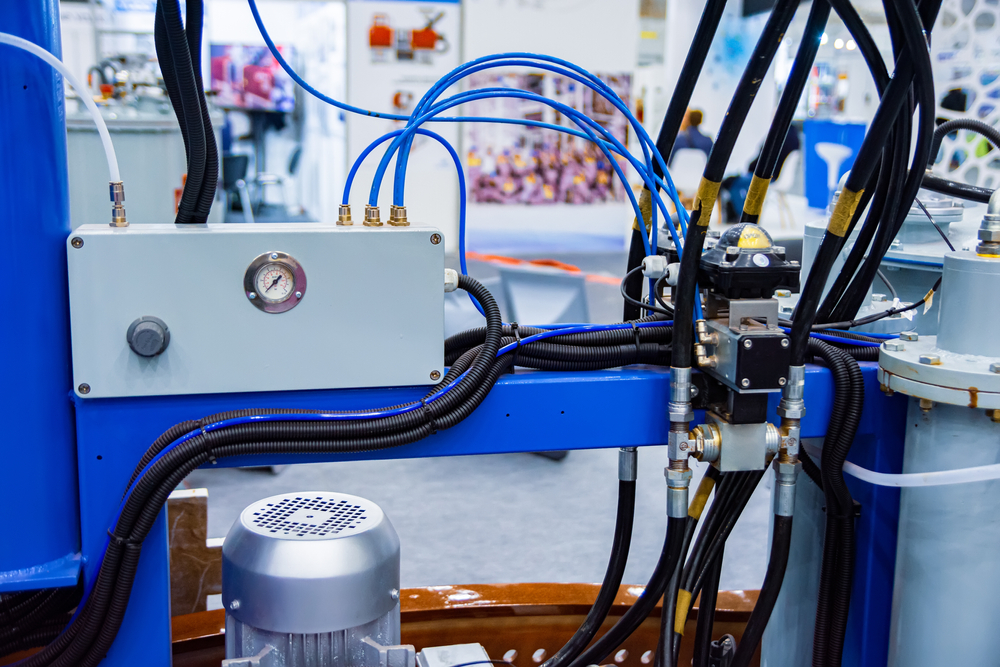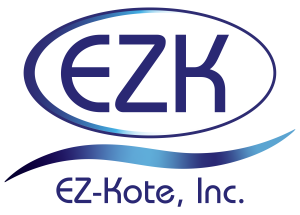
EZ-Kote offers a world-class selection of superior water-based mold release agents for industrial processes. Our products can save you money, help you cut costs, and maximize profits in your facility.
Read on to learn more about the best practices for the molding industry.
Choosing the Right Materials
Modern manufacturing, engineering, and science offer a multitude of materials you can choose for your molded products. Your suppliers can create their own raw materials, or you can manufacture them yourself.
- Plastic Resins
- Plastics
- Rubber
- Foam
- Metal
- And More
Determining the Appropriate Wall Thickness
Wall thickness is another critical factor for your molded products. Your wall thickness can’t be too thin because it may cause structural failures of your products. Too thick, and it may not release from the mold properly. Mold release agents can help you improve your wall thickness and product designs.
Maintaining a Diverse Supply Chain
You can’t afford to delay your time to market along any part of your process, from research and development to logistics. You must diversify your supply chain for raw materials, packaging, logistics, and supplementary materials that make your processes easier.
Find companies you can rely on for your supply chain. You never know when an issue can hamper your time to market. Just look at what happened in late 2021 when ships from Asia were forced to anchor in the Pacific Ocean because the Port of Los Angeles was backed up due to slowdowns caused by the COVID-19 pandemic.
Mastering the Correct Process
What process works best for your product lines?
Different molding processes are better suited for certain products.
Injection molding works for thermoplastics when creating three-dimensional objects. There are millions of products in modern America that utilize injection molding, such as toys, bottle caps, food containers, and containers for health and beauty products.
Blow molding occurs when air is blown into a mass of molten plastic while it’s in a mold. It then cools and hardens before removal from the mold. Bottles and handled jugs are made with the process.
Casting is the least complex molding process. Machinery heats up the plastic, and then it is transferred into a mold where it cools.
Rotational molding occurs when arms rotate the mold as the molten plastic goes into the mold. The forces of the rotation form a hollow space in the middle of the object.
Compression molding represents the most labor-intensive process. This works best for large bodies rather than small-scale mass production, like the outer bodies of cars and boat hulls. Molten plastic goes into one mold before another one is pressed against it to make the right shape.
Choosing the right process for your products is crucial to long-term success because it’s a significant investment. Your team must become very familiar with your chosen process.
Measuring and Improving Tolerances
Once you get your molding process going, you must constantly measure and improve the tolerances of your products. How thin or thick can your products be? What happens when your QA process turns up too much or too little weight? How can you improve tolerances without completely changing your production line? You need cost-effective ways to make sure your items meet specifications more often.
Planning and Proper R&D
Are you planning to expand into other markets that may require a different molding process than what you’re used to? Are you expanding your current product lines?
Strategic planning from day one is crucial to making your new products cost-effective. You don’t want to encounter a preventable problem months into your research and development process. Invest in the right people and products from the beginning by researching the best possible outcomes. Think of how a bigger investment now saves much more money later when you think of years and decades into your product lines.
Choosing the Right Mold Release Agent
The right mold release agent, no matter what kind of molding process you use, reduces your costs in several ways.
- Improves tolerances.
- Reduces mold cleaning.
- Lowers rejected products.
- Lowers maintenance costs on industrial equipment.
Talk to EZ-Kote Today
Looking for world-class mold release agents for your industrial equipment? EZ-Kote’s engineers and experienced chemists can show you how to improve your mold release process.
Contact EZ-Kote or call (770) 720-1811 for more information on our mold release solutions for your company.
